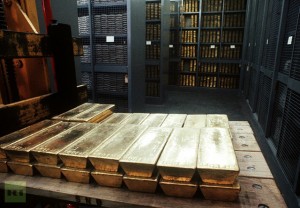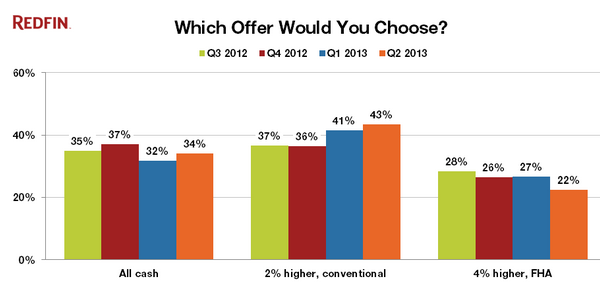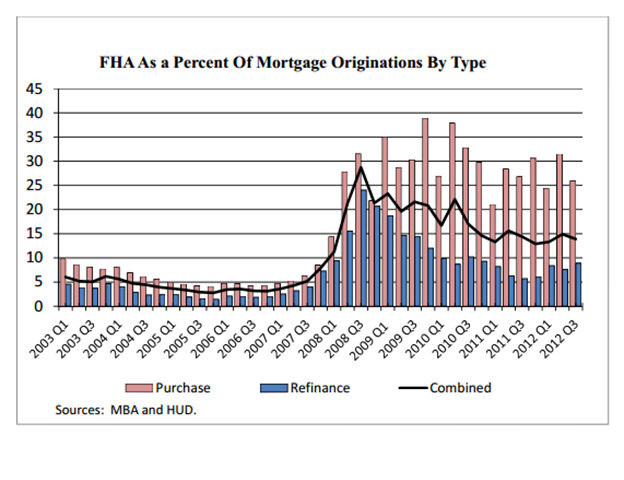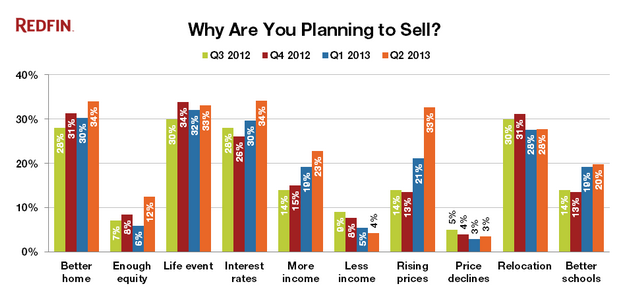Germany is repatriating its gold reserves from the New York
Federal Reserve. This decision has created a frenzy in the gold market.
But that is just the tip of the iceberg.
According to the NY Fed, there are (2012) approximately 530,000
gold bars, with a combined weight of circa 6,700 metric tonnes stashed
away in the Fed’s Lower Manhattan vaults.
These are official figures which are impossible to verify. The gold is stored in the fifth sub-floor of the New York Fed
building on Liberty Street. The vaults on the bedrock of Manhattan
Island are located 80 feet below street level.
Each of the 530,000 gold bars weighs 400 troy ounces, or about 12.44kg.
At today’s market value of approximately US$1700 dollars a troy
ounce, the New York Fed has within its vaults a multi-billion dollar
treasure trove.
The 400-ounce gold bar is quoted at $677,640.
The gold is stored in the fifth sub-floor of the New York Fed
building on Liberty Street. The vaults on the bedrock of Manhattan
Island are located 80 feet below street level.
Each of the 530,000 gold bars weighs 400 troy ounces, or about 12.44kg.
At today’s market value of approximately US$1700 dollars a troy
ounce, the New York Fed has within its vaults a multi-billion dollar
treasure trove.
The 400-ounce gold bar is quoted at $677,640.
A 1kg gold bar is quoted at about $55,000. (purchase price)
Each metric tonne of gold is worth approximately $55 million.
The total value of the New York Federal Reserve’s gold bullion trove of 6700 tonnes is a staggering $368.5 billion.
But according to the New York Federal Reserve: “We do not own the gold. We are mere custodians.”
A wall of gold bricks in the
globally owned collection at the Federal Reserve Bank of New York.
(Photo courtesy of the New York Fed’s press center)
The gold is in “safe-keeping” on behalf of more than 60 sovereign
countries and a few organizations. Close to 98 per cent of the gold
bullion stored in the NY Fed’s lower Manhattan vaults, according to the
Fed, belongs to central banks of foreign countries.
The remaining 2 per cent “is owned by the United States and international organizations such as the IMF.”
Germany’s central bank owns a total of 3400 tonnes of gold. According
to recent reports, a staggering 69 per cent of its gold bullion bars
(namely 2346 tonnes) are held in custody at the New York Federal
Reserve, the Bank of England and the Banque de France.
The NY Federal Reserve Bank holds in custody 1536 metric tonnes of
gold owned by the Bundesbank of the Federal Republic of Germany, 22.9
per cent of its total gold holdings in custody (6700 tonnes).
The Bundesbank
has announced that it will repatriate
“all
of its 374 metric tonnes stored at the Banque de France (11 per cent of
its total reserves), and 300 metric tonnes held in the vault of the New
York Fed, reducing its share in the US from 45 per cent to 37 per
cent.” .
Two other European countries, namely Italy and the Netherlands, have
significant yet undisclosed gold bullion reserves held in custody in the
vaults of the NY Federal Reserve Bank. There are no immediate plans to
repatriate this bullion.
While the NY Federal Reserve Bank does not actually own the gold, it
is guardian of a multibillion-dollar gold treasure, which indelibly
provides ‘collateral’ (at virtually no cost) as well as ‘leverage’ in
its multibillion-dollar central banking operations, often at the expense
of its European partners.
The New York Fed’s gold vault on the basement floor of
its main office building in Manhattan provides account holders with a
secure location to store their monetary gold reserves.
None of the gold stored in the vault belongs to the New York Fed or
the Federal Reserve System. The New York Fed acts as the guardian and
custodian of the gold riches on behalf of account holders, which include
the US government, foreign governments, other central banks and
official international organizations.
In other words, the Fed runs its operation ‘with other people’s
gold’, using this huge treasure as ‘collateral’ to back its various
financial undertakings.
Foreign countries around the world were pressured after World War II
into depositing their gold reserves, not within the vaults of their own
central banks, but in that of the world’s foremost imperial power.
 A view of the strongroom of the Swiss National Bank SNB in Berne. (Reuters)
A view of the strongroom of the Swiss National Bank SNB in Berne. (Reuters)
According to the NY Federal Reserve:
“Much of the gold in the vault arrived during and after World War II as
many countries wanted to store their gold reserves in a safe location.
Holdings in the gold vault continued to increase and peaked in 1973,
shortly after the United States suspended convertibility of dollars into
gold for foreign governments.” (emphasis added)
For many countries, part of the US dollar proceeds of commodities
sold to the US, were converted into gold at 32 dollars an ounce
(1946-71) and then ‘returned’ – so to speak – to the US for deposit in
the vaults of the NY Federal Reserve.
Germany’s decision to repatriate part of its gold has sent a cold shiver into the gold and forex markets.
The German Federal Court of Auditors has recently called for an
official inspection of German gold reserves stored at the New York
Federal Reserve,
“because they have never been fully checked.”
Are these German bullion reserves held in the vaults of Lower
Manhattan ‘separate’ or are they part of the Federal Reserve’s fungible
‘big pot’ of gold assets.
According to the Fed,
“the gold is not commingled between account holders.”
Does the New York Federal Reserve Bank have
“Fungible Gold Assets to the Degree Claimed”?
Could the Fed reasonably handle a process of homeland repatriation of gold assets initiated by several countries simultaneously?
According to the Fed, there are 122 separate gold accounts mainly
held by the central banks of foreign countries, as well as a few
organizations including the International Monetary Fund.
Following the verification process, the gold is moved to
one of the vault’s 122 compartments, where each compartment contains
gold held by a single account holder. In rare cases, small deposits are
placed on separately numbered spaces on shelves in a ‘library’
compartment shared by several account holders. Each compartment is
secured by a padlock, two combination locks and an auditor’s seal.
Compartments are numbered rather than named to maintain confidentiality
of the account holders.
The New York Fed does not indicate in any of its reports, including
its annual financial statements, the names of the countries and account
holders.
Most of the 122 accounts are held by the central banks of sovereign
countries, which in addition to their gold accounts have statutory
agreements with the NY Federal Reserve.
An employee of Deutsche Bundesbank uses a metal analysis device on a gold bar. (Reuters / Lisi Niesner)
Money and National sovereignty
America’s Unipolar World hinges on sustaining the US dollar as a
global reserve currency. US hegemony in monetary matters is supported by
the custody in the USA of gold bullion reserves on behalf of more than
60 countries.
Instead of gold bullion, national central banks (with the exception
of the US) hold US dollar paper instruments as ‘reserves’. Gold reserves
under national jurisdiction are central to establishing sovereignty in
monetary policy, without depending on the Federal Reserve which holds a
nation’s gold bullion in safe-keeping in its Lower Manhattan vault.
National sovereignty requires the repatriation of the gold bullion
deposited in custody with the NY Fed. The leverage and collateral in all
monetary transactions largely accrues to the NY Federal Reserve Bank
rather than to the owners of the bullion deposited in custody.
Follow the example of Germany. Repatriate your gold.
In a related development, both China and Russia are dumping their US dollars and building up their gold reserves.
In turn, both China and Russia have boosted domestic production of
gold, a large share of which is being purchased by their central banks.
Michel Chossudovsky for RT
 One month after dumping 500,000 gallons of tar sands crude oil from a ruptured pipeline in Arkansas, the most valuable and profitable corporation in the world ExxonMobil announced higher first quarter profits. Exxon earned $9.5 billion
in the first quarter, compared to $9.45 billion last year, and Exxon’s
total oil and natural gas production declined 3.5 percent.
One month after dumping 500,000 gallons of tar sands crude oil from a ruptured pipeline in Arkansas, the most valuable and profitable corporation in the world ExxonMobil announced higher first quarter profits. Exxon earned $9.5 billion
in the first quarter, compared to $9.45 billion last year, and Exxon’s
total oil and natural gas production declined 3.5 percent.



 Starting
in July, the U.S. gross domestic product will officially jump by 3%.
The change isn't due to some miraculous economic event but rather from a
shift in the way the government looks at statistics in the digital age.
Starting
in July, the U.S. gross domestic product will officially jump by 3%.
The change isn't due to some miraculous economic event but rather from a
shift in the way the government looks at statistics in the digital age.





